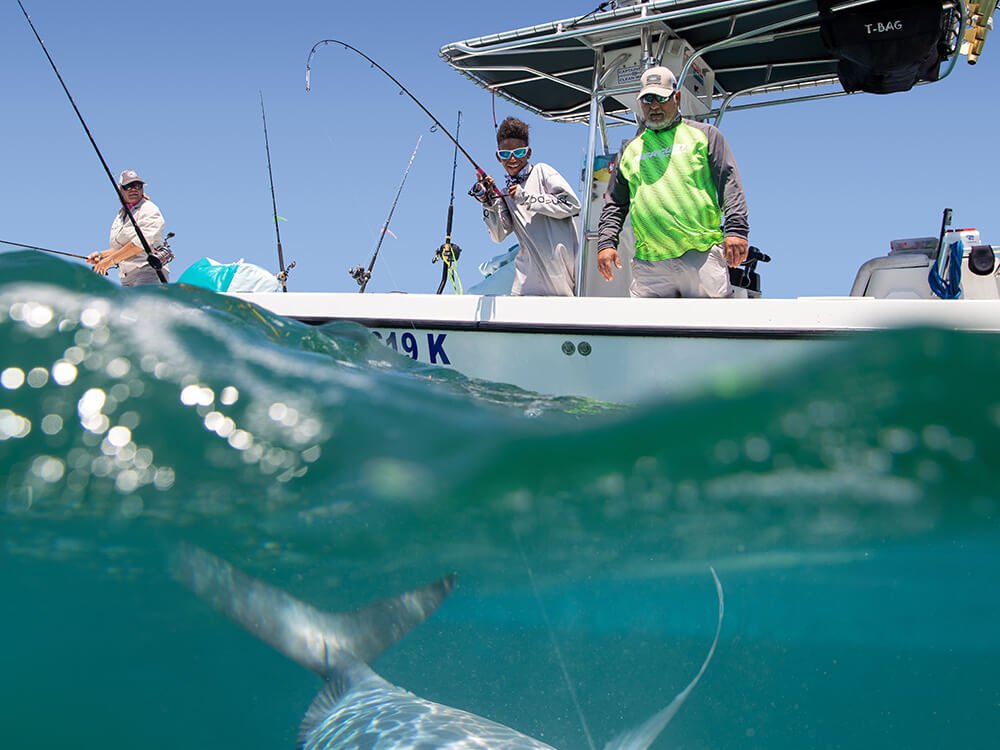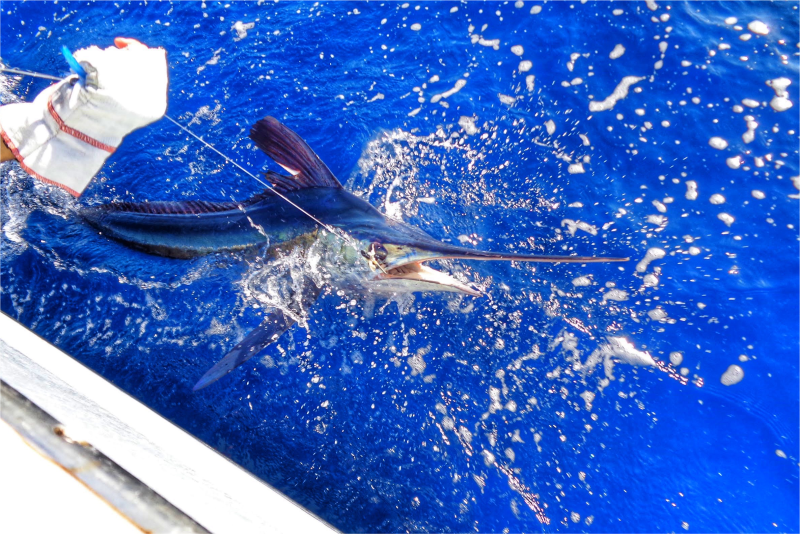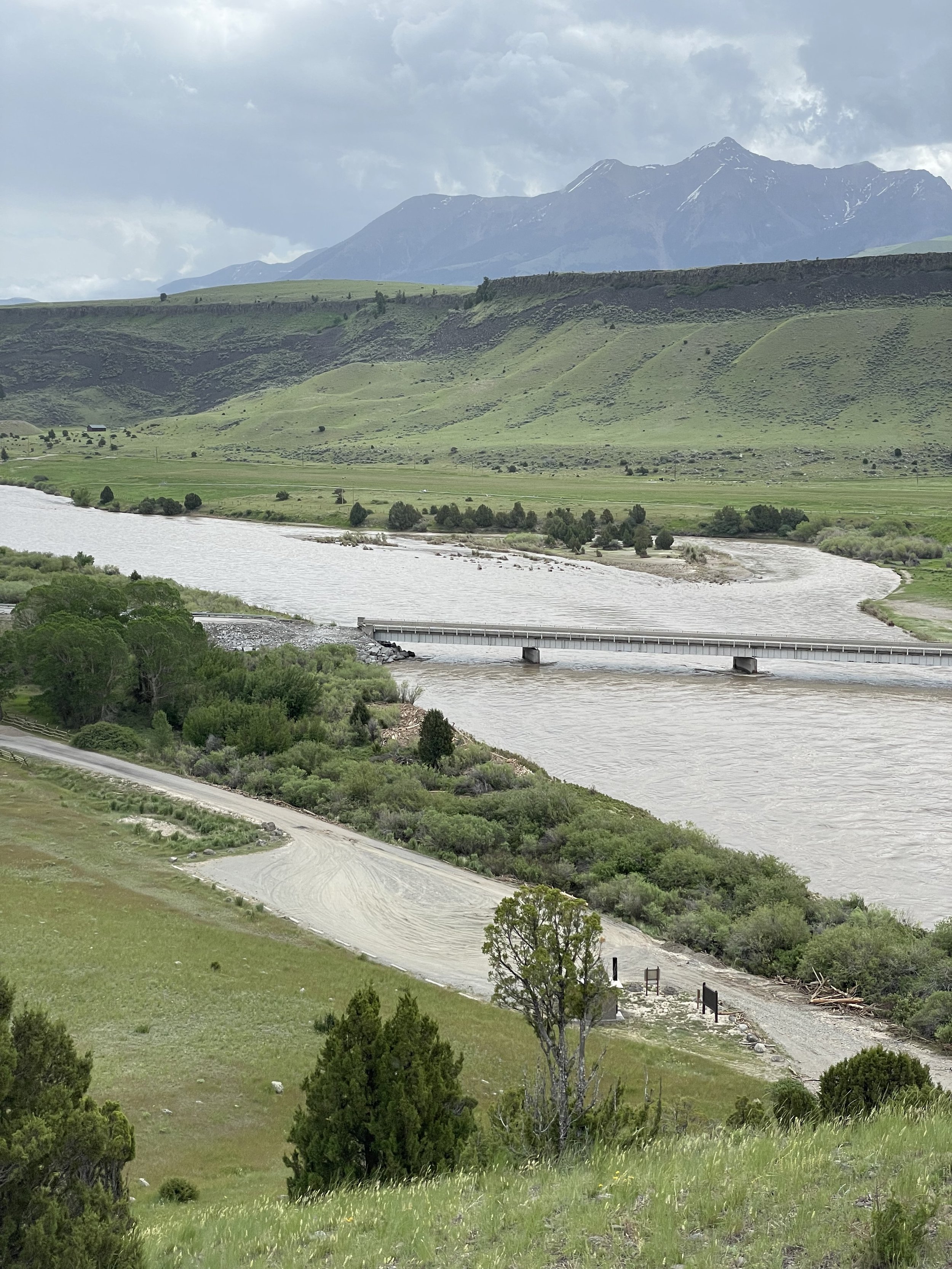Today, the American Fly Fishing Trade Association (AFFTA) released a report written for anglers, by anglers, to kick off a nationwide campaign to inspire and empower anglers and the recreational fishing industry to demand progress toward climate-ready fisheries. The report, titled "For Tomorrow’s Fish: Anglers Are the Key to Climate-Resilient Fisheries,” documents how climate change is disrupting fishing experiences and explores how anglers are best positioned to call for climate-resilient fisheries that are healthy, sustainable, and abundant.
“This is a call to arms for an angler-led movement that can help turn the tide and protect the future of fishing,” said Lucas Bissett, Executive Director of AFFTA. “From changing habitats to shifting fish populations and behavior, we can’t ignore the realities we’re seeing out on the water. As long-time stewards of our country’s waterways who are seeing these impacts firsthand, anglers have the power to make a real difference in the fight for climate-resilient fisheries – for our sport, way of life, and industry.”
The report details how climate change affects fish behavior, abundance, productivity, and habitat, disrupting the success and sustainability of fishing experiences coast to coast. Sea level rise and warming waters are pushing essential fish habitats to the brink, destroying places legendary sportfish need to survive. Some fish are more abundant in certain areas and deminished in others, directly impacting the success and sustainability of fishing experiences.
The report is supported by more than two dozen leading outdoor brands and organizations such as Orvis, Patagonia, Far Bank, Mayfly, Bajio, and more. The release of the report kicks off the For Tomorrow’s Fish campaign that will elevate the voices of anglers and empower them to demand progress toward climate-resilient fisheries.
For more information, visit www.tomorrowsfish.org.
































